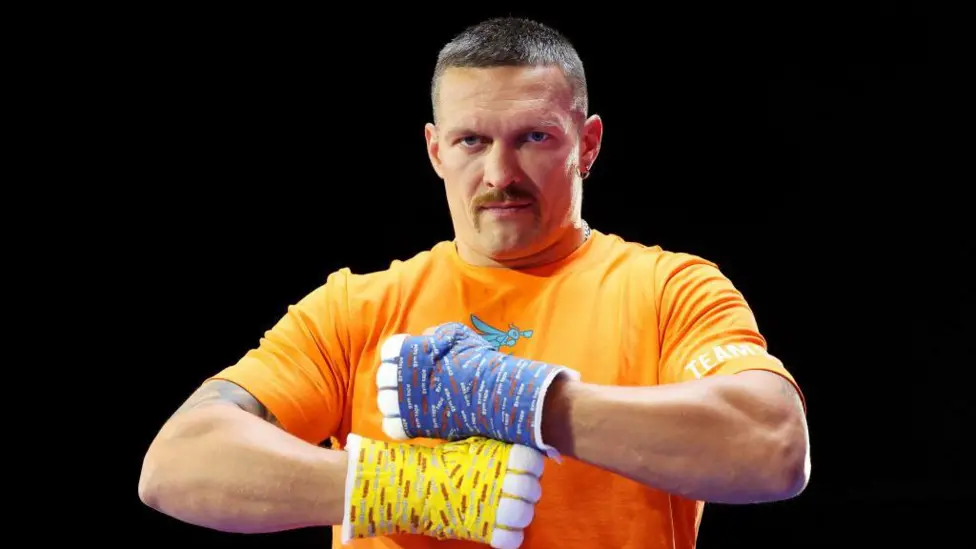Killer whale Tahlequah who carried dead calf in 'show of grief' gives birth again - but experts are concerned
A killer whale mother who carried her dead calf for 17 days in an apparent show of grief has given birth to a new calf, scientists have said.

The orca, named Tahlequah and known to researchers as J35, had carried her dead infant for more than 1,000 miles in 2018.
But last Friday the whale was spotted travelling with a new calf in the Puget Sound waterway off the coast of Washington State, according to the Center for Whale Research.
In a Facebook post, it said a team of researchers had been able to observe the calf and confirm it is female, giving it the name J61.
But it said the team was concerned about the calf's health "based on the behaviour of both J35 and J61".
"Early life is always dangerous for new calves, with a very high mortality rate in the first year," the centre said.
"J35 is an experienced mother, and we hope that she is able to keep J61 alive through these difficult early days."
In a post on X, the Orca Conservancy said: "The calf had also been observed being pushed around on J35's head and was not looking lively, which is a concern."
It noted "calf behaviour is not fully understood".
The organisation added: "All of this serves as a reminder that in order for new calves, salmon stocks need to be recovered to levels that will help support population growth."
'Every single birth counts'
The Center for Whale Research also highlighted the importance of salmon, the whales' main food source, saying: "The Southern Resident killer whale population needs ample access to their food supply, mainly salmon, to survive and thrive.
"Every single birth counts and these whales need enough fish to be able to support themselves and their calves. We continue to advocate for salmon recovery through habitat restoration, removal of dams, and rational management of fisheries in the Pacific Northwest."
'Complete shock' at calf sighting
The calf was first photographed by a nature enthusiast and photographer who told CNN: "My first reaction to seeing the calf was complete shock.
"I was just looking through my photos to see who the whales were that passed close to the port side of the ferry I was on and noticed a much smaller dorsal [fin] on one of the photos.
"As I scrolled through the series I realised it was very tiny calf, much smaller than any of the known young ones in the group.
"Based on the size and colour of the calf, I realised it was a new calf and travelling with J35, my spark whale, the whale that started my obsession."
-SKY NEWS







